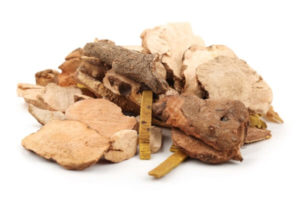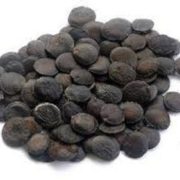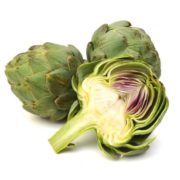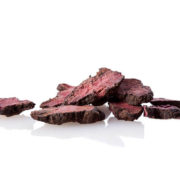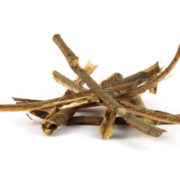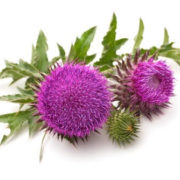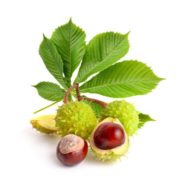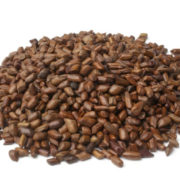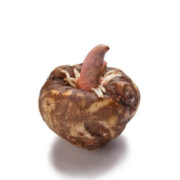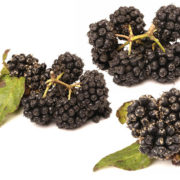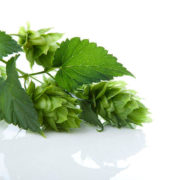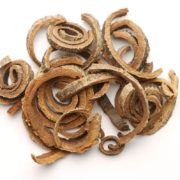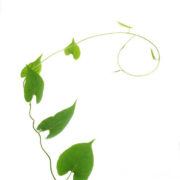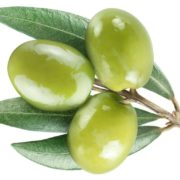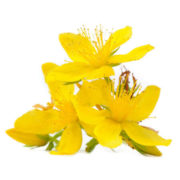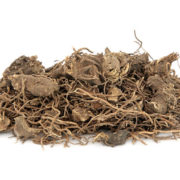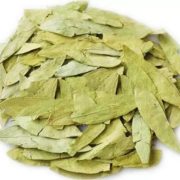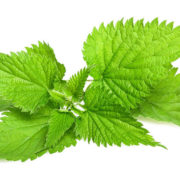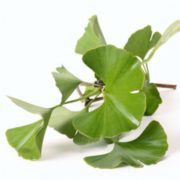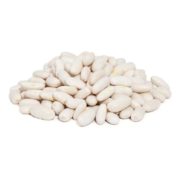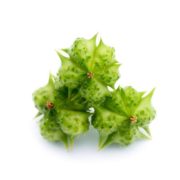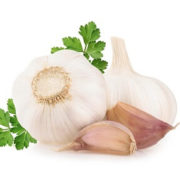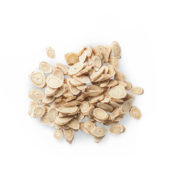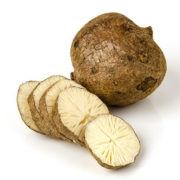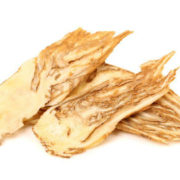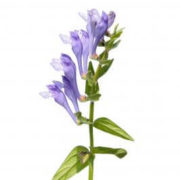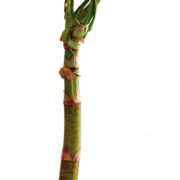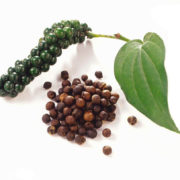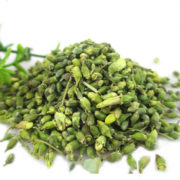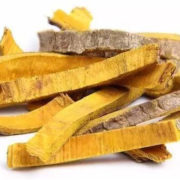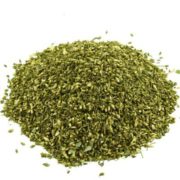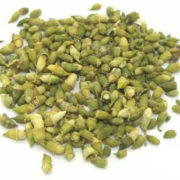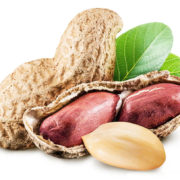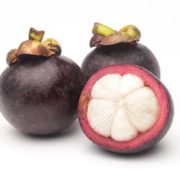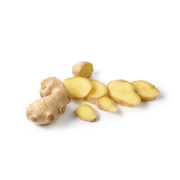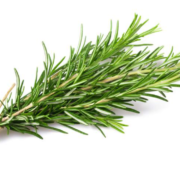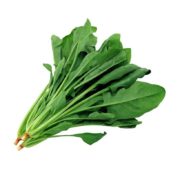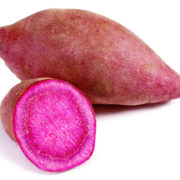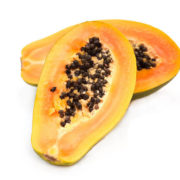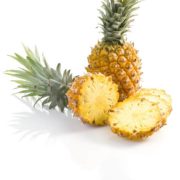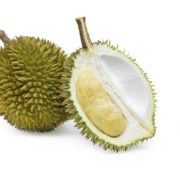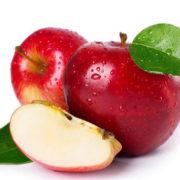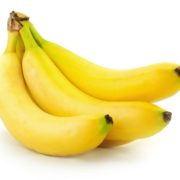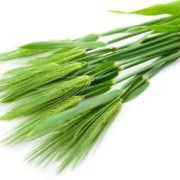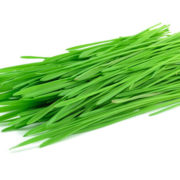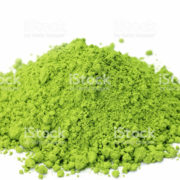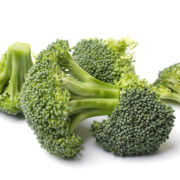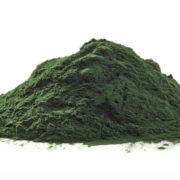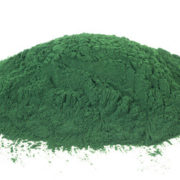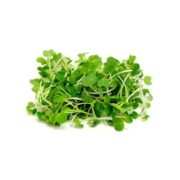Fill out our form or contact your Sales Manager to request wholesale prices or a complimentary sample of any of our wholesale products.
Magnolia Bark Extract
Magnolia bark extract from Magnolia officinalis contains honokiol and magnolol which have been widely used in the treatment of diseases such as thrombotic.Two constituents exist in magnolia bark, honokiol and magnolol. Honokiol Promotes relaxation and sense of calm, while magnolol has anti-inflammatory and antineoplastic effects.
Basic Information
1.Material Distribution
There were about 90 species of Magnoliaceae Magnolia plants around the world. There are about 30 species, of which there are about 20 kinds of medicinal value. Magnolia was born at fertile-soil, soil-deep sunny hillside, forest edge of an altitude of 300~1700 m.Magnolia is mainly distributed in western Hubei, southern Sichuan, southern Shaanxi and southern Gansu. Magnolia is mainly distributed in Jiangxi, Anhui, Zhejiang, Fujian, Hunan, Guangxi and northern Guangdong. Magnolia officinalis has a large area of artificial cultivation.On April to June, pick off the dried bark growing for more than 15 years, and put into the boiling water for micro-cook, and put into the soil pits, covered with grass to “sweat”. When the water comes from the internal seepage and the inner surface becomes purple brown or tan, further steamed soft, remove out, roll into tube-like, and dry it Root bark and branch, after being peel down, can be directly dried.
2.Main Ingredients
Magnolia bark contains magnolol, and honokiol, isomagnolol and other ingredients. It has been isolated of the trihydroxy honokiol, degausated trihydroxy glibenol, trihydroxy thick aldehydes, poly honokiol a, c. from the ethyl acetate extract of magnolia. Bark contains about 1% volatile oil, which mainly contains β-oleyl alcohol; still contain α-pinene, β-pinene and limonene. The bark also contains lignin. Its leaves also contain magnolol and honokiol.
Honokiol
Spec:50%-98%
Honokiol Chemical Properties
Melting point:86℃
Storage temp:2-8°C
Solubility:DMSO: 36 mg/mL
CAS:35354-74-6
Honokiol is the isomer of magnolol, being the dimer polymerized by the side chain of phenylpropane and another phenylpropyl benzene nucleus, called the neolignan. It was mainly found in the Lauraceae plants, being the active ingredients of antibacterial, anti-inflammatory of the traditional Chinese medicine Magnolia.Honokiol and magnolol appear as colorless needle crystal, being insoluble in water, soluble in chloroform, benzene, ethanol and caustic alkali.
Magnolol
Spec:10%-98%
CAS: 528-43-8
MF: C18H18O2
MW:266.33
EINECS:200-001-8
Elting Point:101.5-102°
Boiling Point :180°C/1mmHg(lit.)
storage Temp.:2-8°C
Solubility:ethanol: soluble1mg/mL
CAS:528-43-8
Magnolol is an organic compound belonging to lignan. It is a kind of bioactive compounds identified from the bark of the Magnolia officinalis or M. grandiflora. It has been supplemented to Asian traditional medicine for the treatment of anxiety, sleep disorders, and allergic disease. It can act on the GABA receptor in vitro as a strong allosteric modulator. It also has antifungal effect, anti- periodontal activity as well as many osteoblast-stimulating and osteoclast-inhibiting activities. It has also found that magnolol can also activate the cannabinoid (CB) receptors.
Extraction Process
1. Magnolia extract (flow extract) production process
Take magnolia and crush it, infiltrate with ethanol for 12 hours, and place it into the percolation tube; apply 12 times the amount of ethanol for percolation; collect the percolation fluid; decompress and completely recycle the ethanol to obtain the flow extract with a yield of about 9% and the content of solid content being 85.0%. The product contains more than 11.0% of magnolol and over 5.0% honokiol.
2. Magnolol, and Honokiol extraction and separation
Take the thick and dry powder of magnolia officinalis, add 1/5 amount (W / W) of lime powder, mix well; apply 15-20 times the amount of distilled water for percolation; the percolation fluid plus hydrochloric acid was adjusted to the pH value of 2 to 3, Stand still. The precipitate was collected and washed with distilled water until the pH of the precipitate was 6 to 7. After drying, alumina (1: 10) was added and homogenized, and the extractant was extracted with cyclohexane. The cyclohexane was concentrated and allowed to cool to precipitate out the white crystals; filter to give crystals and mother liquor. Crystal is recrystallized from cyclohexane, i.e., honokiol. The mother liquor is concentrated to crystallize, further re-crystallized by cyclohexane to give colorless flaky crystals, which are magnolol crystals. The yield of honokiol was 85%, and the yield of honokiol was 74%.
Pharmacological Effects
1. The role of anti-pathogenic microorganisms
The saturated aqueous solution of the volatile oil of magnesium and Magnolia officinalis has certain antibacterial effect against Staphylococcus aureus, sarcina and Bacillus subtilis.
2. The role of the cardiovascular system
Magnolol and honokiol inhibit the formation of thromboxane B2 in various cases.In addition, honokiol has a stimulating effect on the basal activity of CaM-dependent phosphodiesterase.
3. Antitumor effect
Magnolol and its hydroxymethyl derivatives have a significant inhibitory effect against the second stage of mice skin tumors.


